
AeroGenie — 您的智能副驾驶。
热门趋势
Categories
Hartzell Engine Tech Ships First Prototype Electronic Wastegates
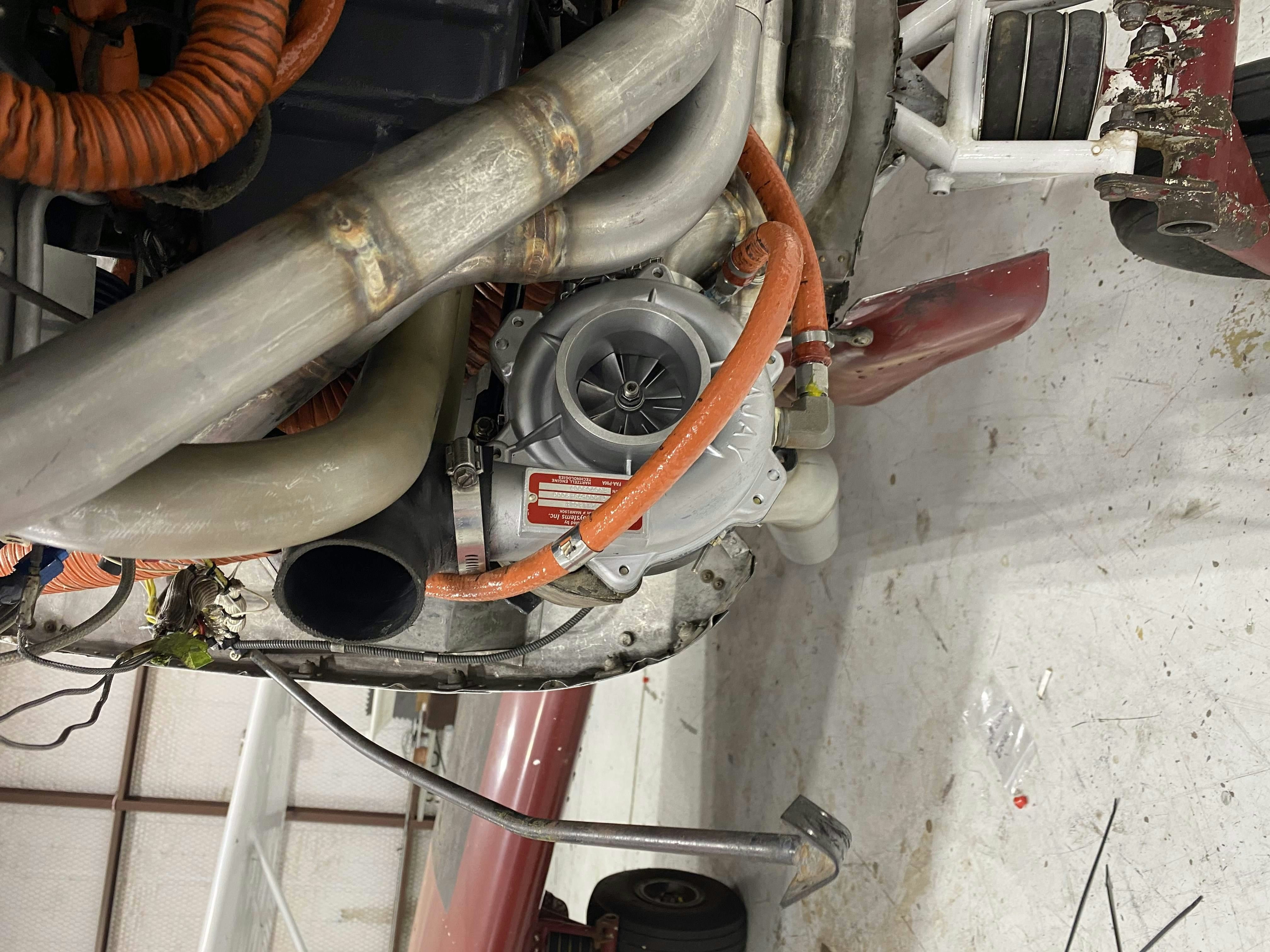
Hartzell Engine Tech Ships First Prototype Electronic Wastegates
Hartzell Engine Tech, a subsidiary of Signia Aerospace specializing in components and subsystem solutions for general aviation and military markets, has delivered its first developmental prototype electronic wastegates to multiple aircraft engine manufacturers for functional testing. This milestone underscores the company’s commitment to advancing wastegate technology within the aviation industry.
Innovation in Wastegate Technology
The newly introduced AeroForce prototype electronic wastegate is engineered as a direct plug-and-play replacement for traditional hydro-pneumatic wastegates on aircraft engines equipped with Full Authority Digital Engine Controls (FADEC). In addition to targeting FADEC-equipped engines, Hartzell Engine Tech is actively developing electronic wastegate solutions for non-FADEC legacy engines, aiming to expand the technology’s applicability across a broader range of aircraft.
Rick Quave, Vice President of Engineering at Hartzell Engine Tech, explained that the AeroForce prototype is designed to maintain the existing installation envelope and weight while reusing the proven hot section butterfly valve and housing. The design incorporates a single-point OEM electrical connection and employs a linear actuator with a proprietary driver, engineered to meet DO-160 environmental standards, ensuring reliability under demanding operational conditions.
Potential Benefits and Industry Challenges
The electronic wastegate offers several advantages over conventional mechanical systems. By eliminating multiple leak paths associated with oil hoses and connections, it reduces oil stress and simplifies the on-engine setup. The prototype provides immediate responsiveness to engine parameters and integrates seamlessly with FADEC systems, enabling precise control of turbo speed through exhaust pressure regulation. With fewer components, the AeroForce electronic wastegate promises lower maintenance costs, enhanced reliability, reduced engine oil heat load, and improved stability and accuracy in manifold absolute pressure (MAP) control.
Despite these benefits, the introduction of electronic wastegates presents challenges. Ensuring consistent reliability and performance across diverse engine platforms remains a critical hurdle. Additionally, managing production costs to remain competitive with established mechanical wastegate technologies will be essential for market acceptance. Industry response is anticipated to be mixed; while some stakeholders may remain cautious and favor traditional mechanical systems, others seeking advanced electronically controlled solutions may embrace the innovation. Competitors are expected to respond by developing their own electronic wastegate technologies or enhancing existing products to maintain market share.
As Hartzell Engine Tech advances development and testing, its electronic wastegate represents a significant step forward in engine control technology, with the potential to influence performance, reliability, and integration standards for both new and legacy aircraft engines.
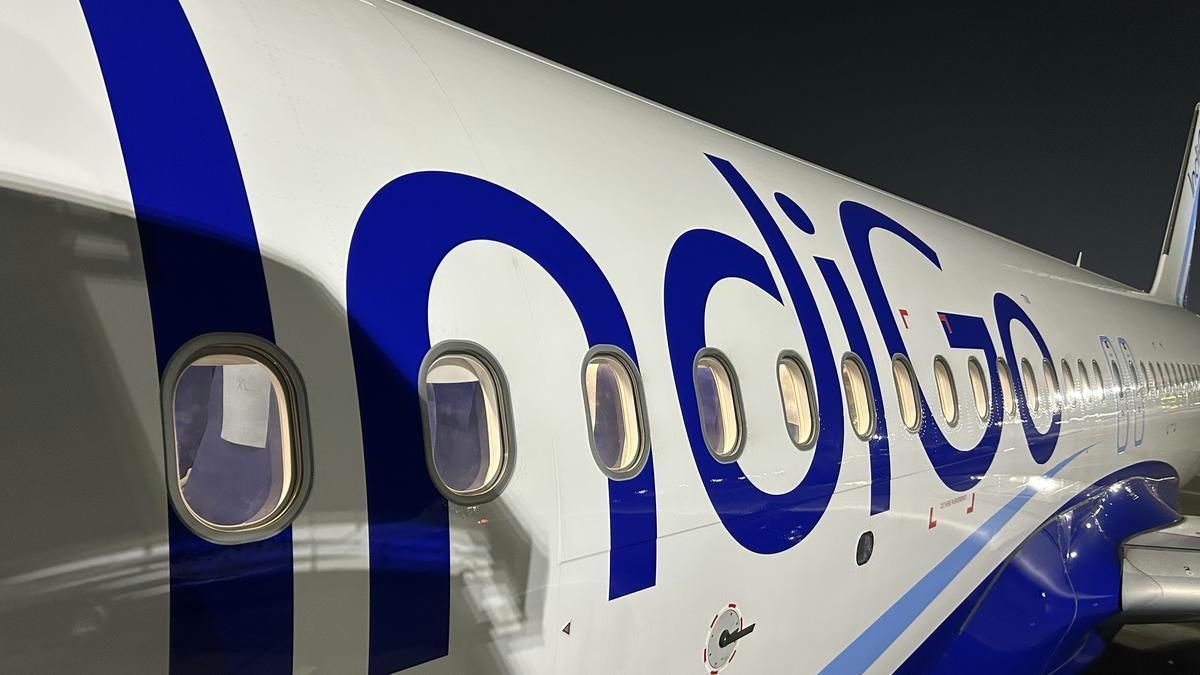
IndiGo to Deploy Wide-Body Aircraft on Vijayawada-Hyderabad Route, Says MP
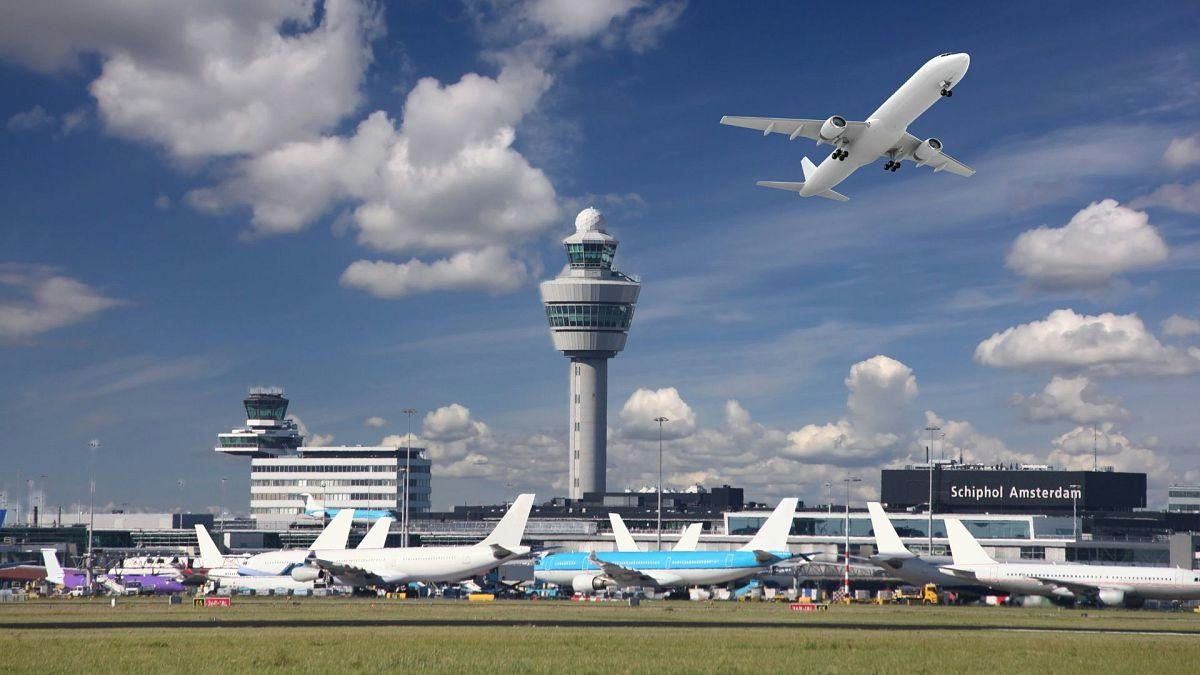
Europe Unveils New Aviation Strategy to Promote Cleaner, Faster Flights
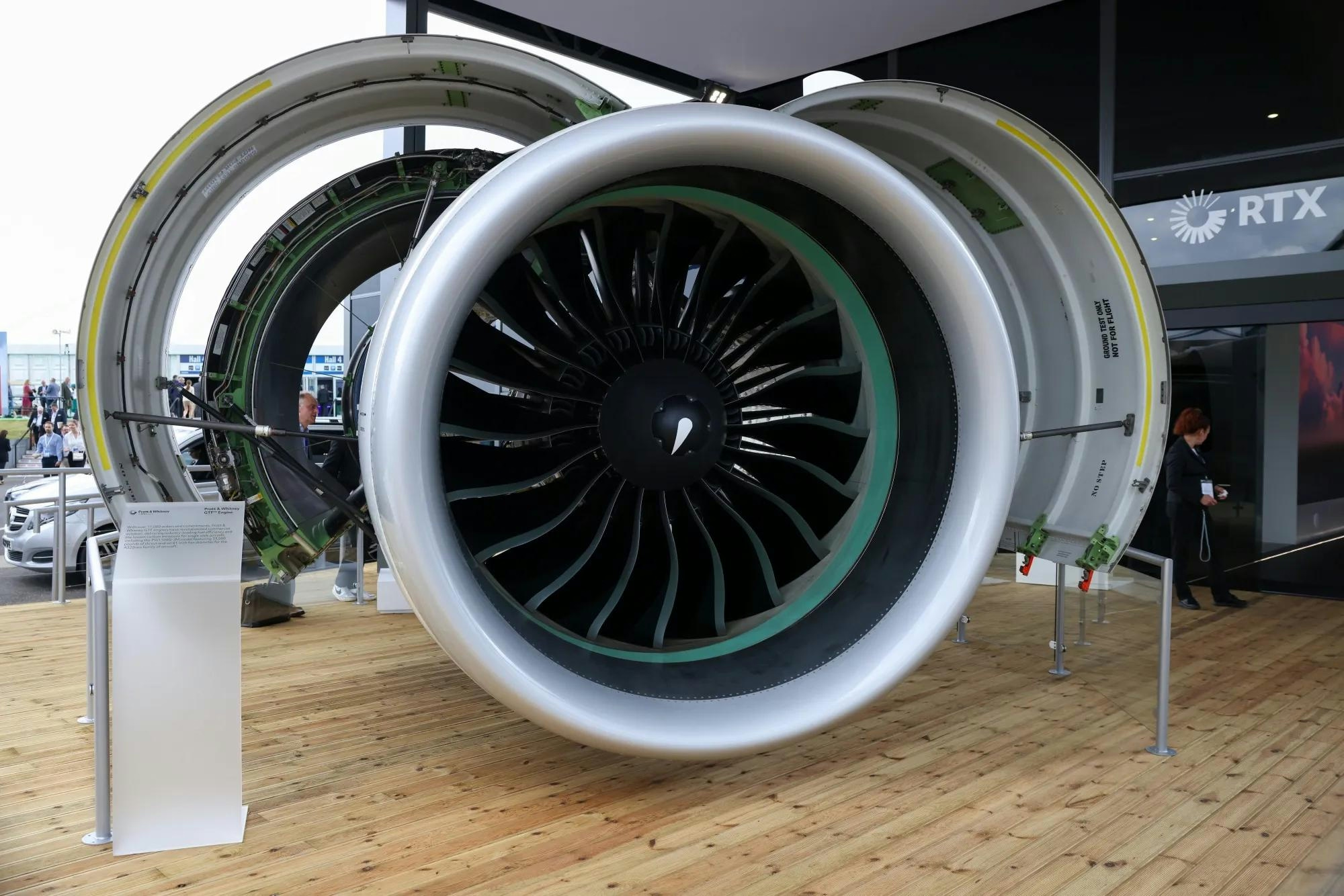
Spirit Signs Agreement with Pratt & Whitney Units on Aircraft Engines

ADB SAFEGATE Receives Industry Awards for Marketing, R&D, and Social Impact

GA Telesis Secures Five-Year Landing Gear Overhaul Agreement with Major U.S. Carrier

Government Strengthens Aviation Safety Framework Amid AI-171 Investigation
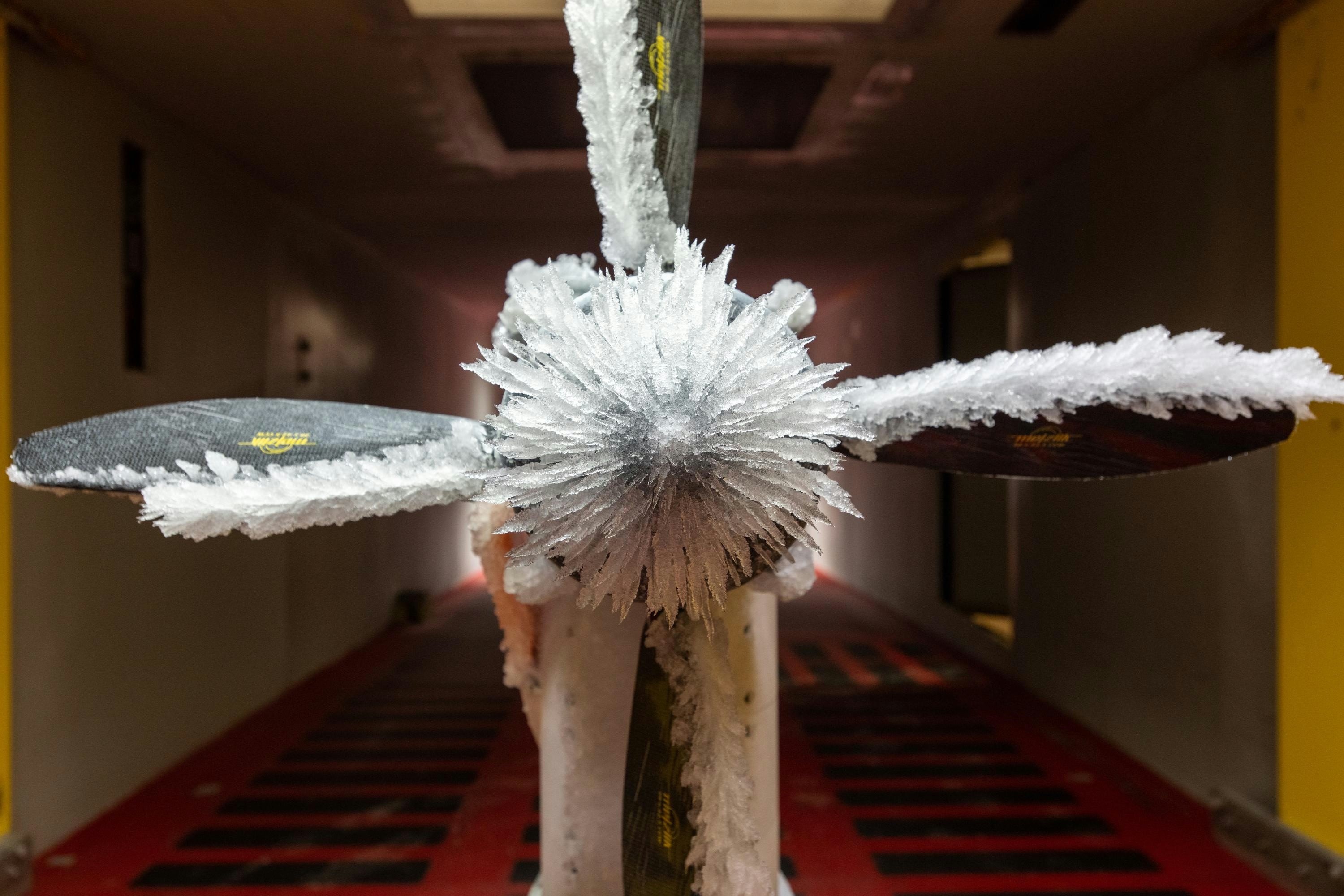
NASA Software Raises Bar for Aircraft Icing Research
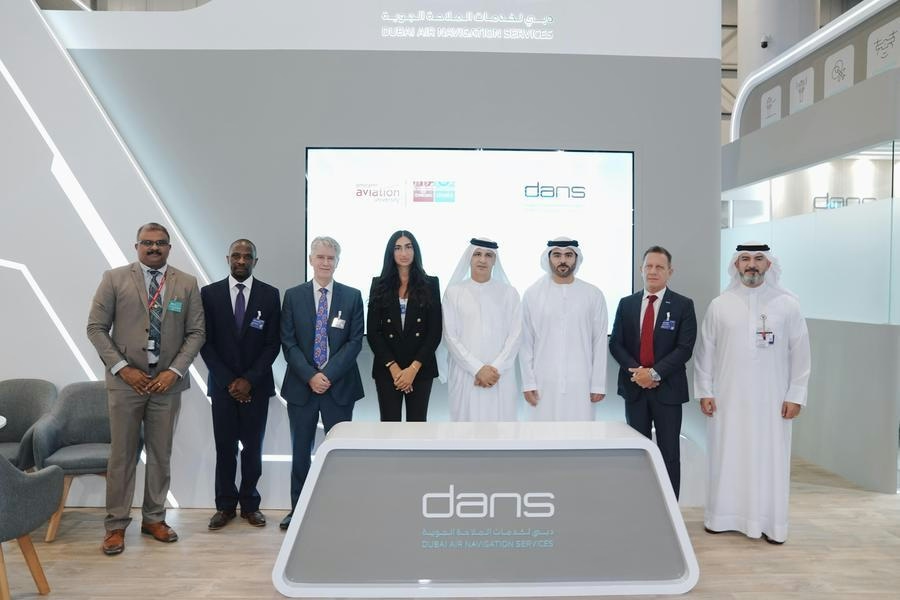
Dans and Emirates Aviation University Partner on AI Air Traffic Management Research
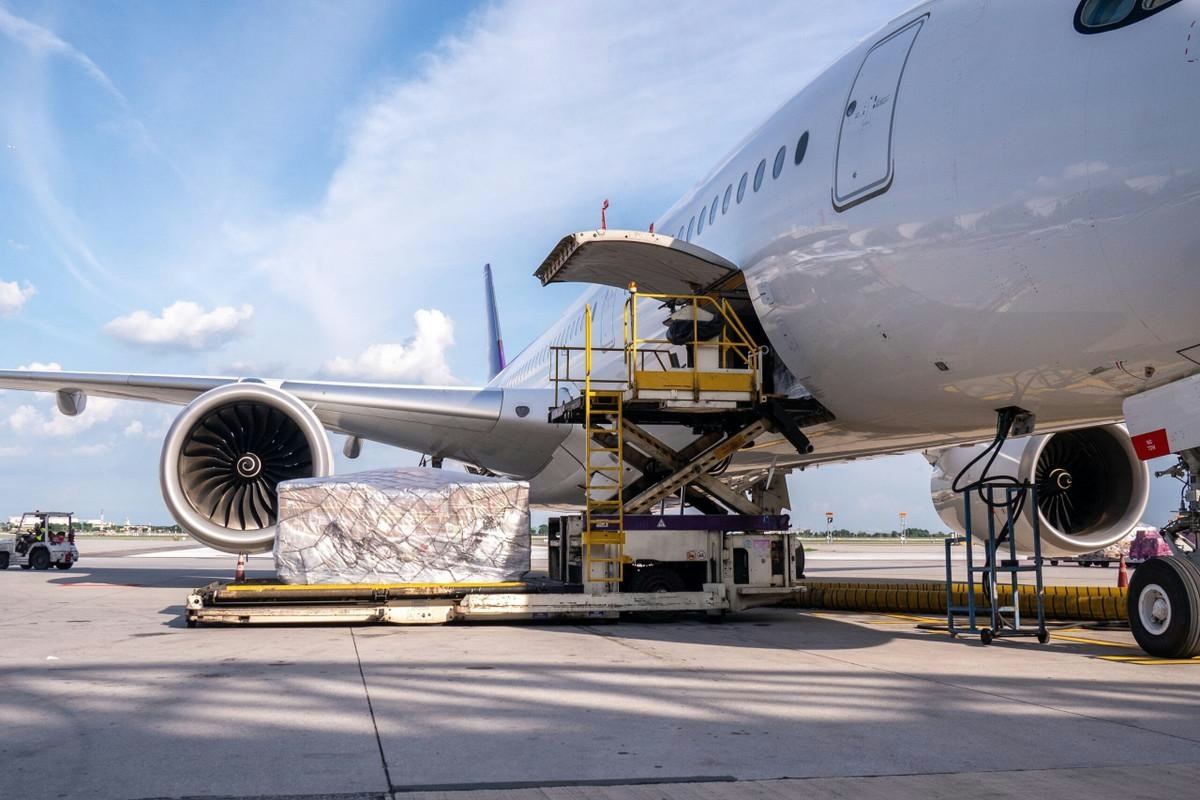
Nigus and AXISCADES to Develop Nigeria’s First Major Aviation MRO Hub
